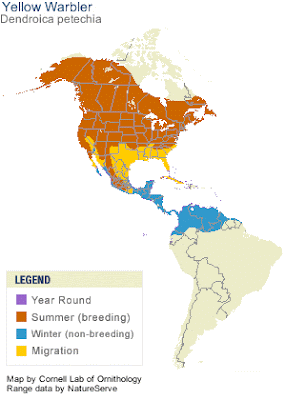
I Love Serpents But......
OK, I love snakes and have kept copperheads and rattlesnakes routinely in my office. These venomous reptiles were definitely under lock and key. I do think David Jones is just a little off his rocker! Check the article out below!
One man, one room, 40 venomous snakes
By Ian Williams, NBC News correspondent
DAMDORYN, South Africa – The most common question David Jones gets asked is: "Are you completely mad?" It's not hard to understand why, since the 44-year-old British carpenter is currently trying to break a world record by sharing a room for four months with 40 of the world's most venomous snakes."It's a challenge," he told me. "People die all the time when they climb Mount Everest. But that doesn't put them off. This, if you like, is my Mount Everest. I've always wanted to come and sit here with snakes."
We'd come across Jones while traveling back from Rustenburg to Johannesburg, after watching Ghana defeat the U.S. in the World Cup. You couldn't miss the signs by the roadside: "World Record Attempt in Progress!"
Jones's sparsely-furnished room was at the back of a snake farm, part of the Chameleon Cultural Village.
We found him sitting in front of a laptop computer, updating his website (www.snakeman.co.za) and contemplating making a cup of tea, though that would require some care, since a cobra had taken up residence in the cupboard with his tea bags.
"I had a cobra try to strike at me the other day, while I was making a cup of tea."
He has a bed and small bathroom. The room has windows on three sides to afford a better view to visitors.
His roommates include puff adders, snouted cobras, boomslangs, and green and black mambas. "Collectively they are very, very dangerous. They would all put you in hospital. And untreated most of them will kill you," he said.
What intrigued me most, though, was the television, tuned in to World Cup soccer. Two snakes were lying on top of the satellite and another on top of the TV appeared to be watching the game.
"They seem to watch the movement," Jones said. "But snakes are deaf, so they can't hear the vuvuzelas, which is just as well. I wouldn't want the snakes driven insane by that constant sound."
Photo by Ian Williams/NBC News
David Jones takes a photo of one of his venomous roommates.
Jones has to contain his own excitement, since any sudden movement would attract his housemates.
He’s been a snake enthusiast since he was a boy. "I do remember finding my first snake when I was ten, and taking it to my house. I was delighted. I kept that snake until it died three or four years later."
He says he has to be extra careful of the puff adders. "They move around slowly on the floor. The real danger is treading on them. It's a nasty, nasty venom…They do like my shoes. It’s a nice dark hole."
The current snake-room sharing record is held by South African Martin Smith, also known as Mad Martin, who spent 113 days sharing a room with snakes. Another attempt to break the record failed last year; the challenger was hospitalized twice after being bitten by a puff adder and them a cobra.
Jones does have a nighttime "minder" who sits in the room and keeps the snakes away from his bed while he sleeps.
"Providing I keep my wits about me, providing I do the basics, move around slowly and do look before I move my feet, there's no reason in the world why anything should happen to me," he said.
Assuming he makes it through to August, the target, his wife and young son will travel to Johannesburg for the final days.
A cheer went up from the television, nearly a goal. A long green snake was looking intently at the screen. Jones resisted any attempt to applaud. "I'm not such a soccer man, really." Which is probably a good thing given the circumstances.



















































